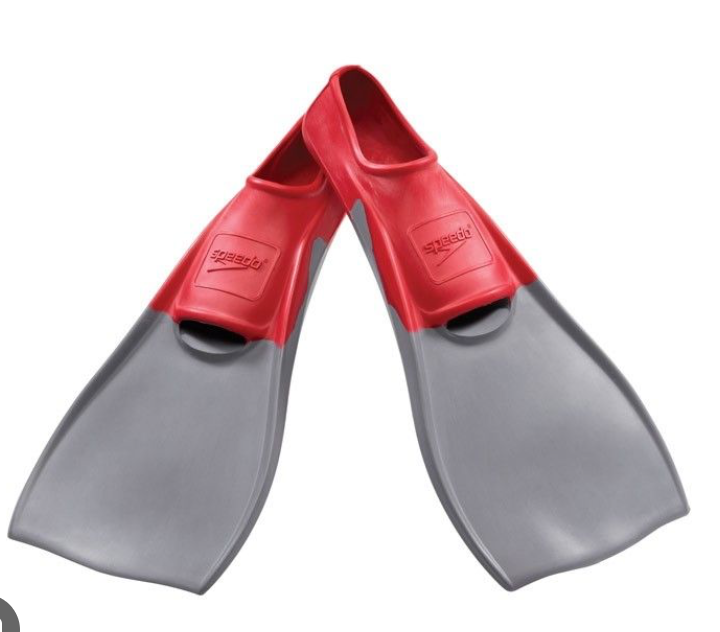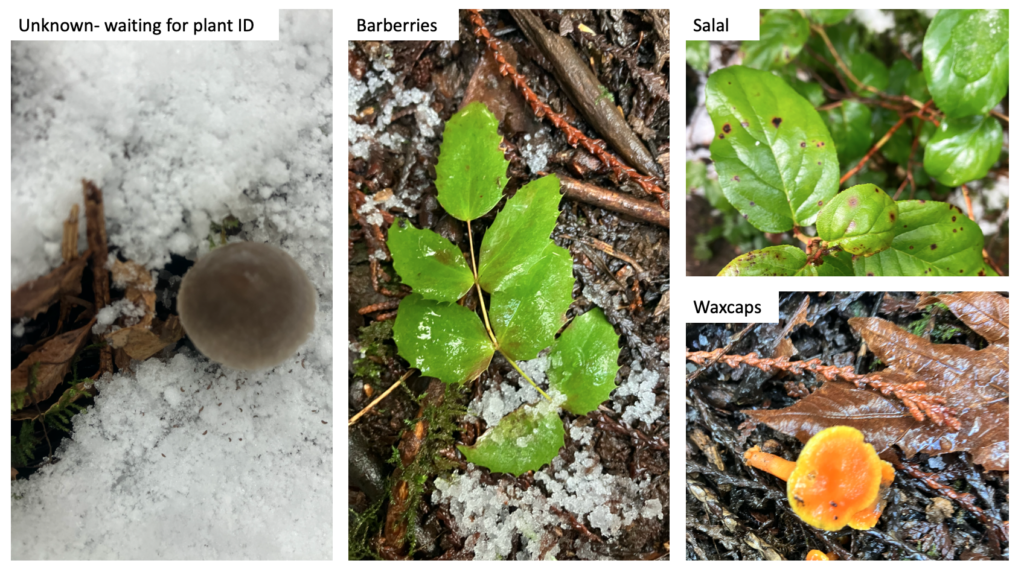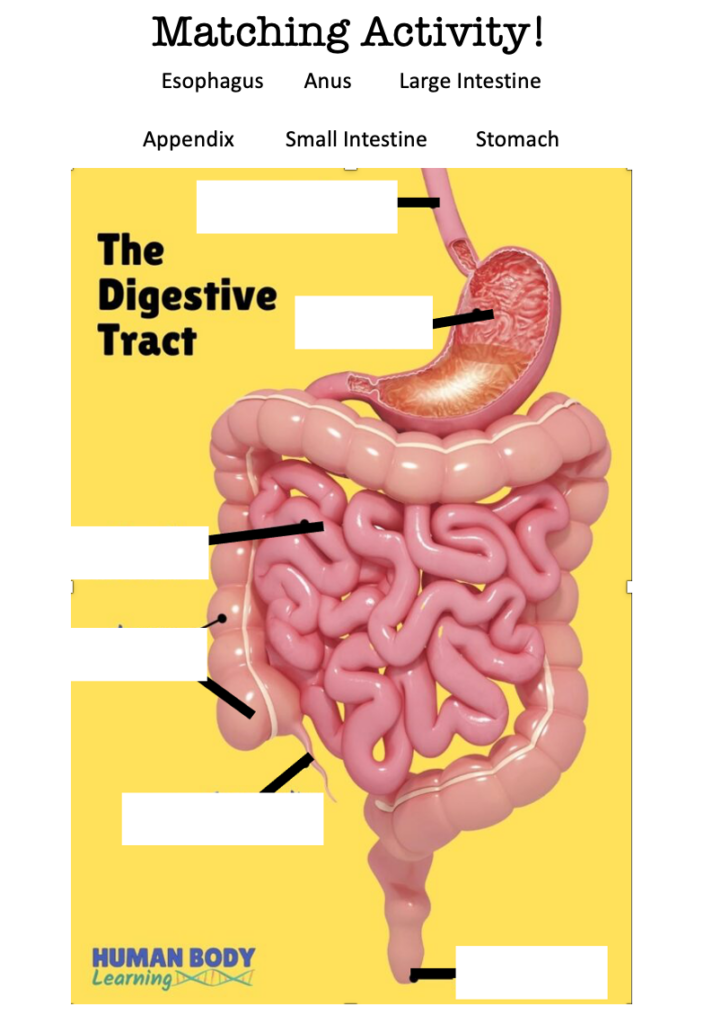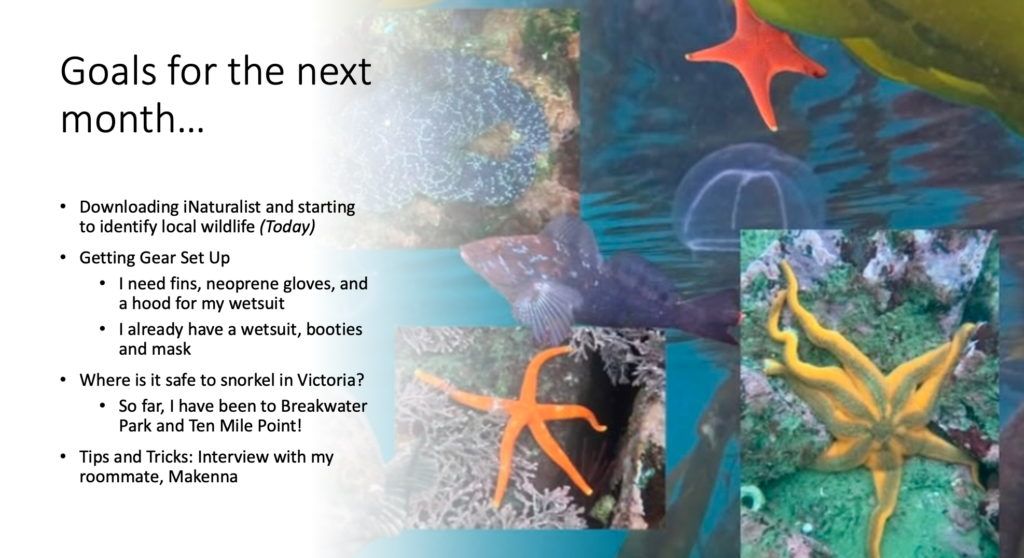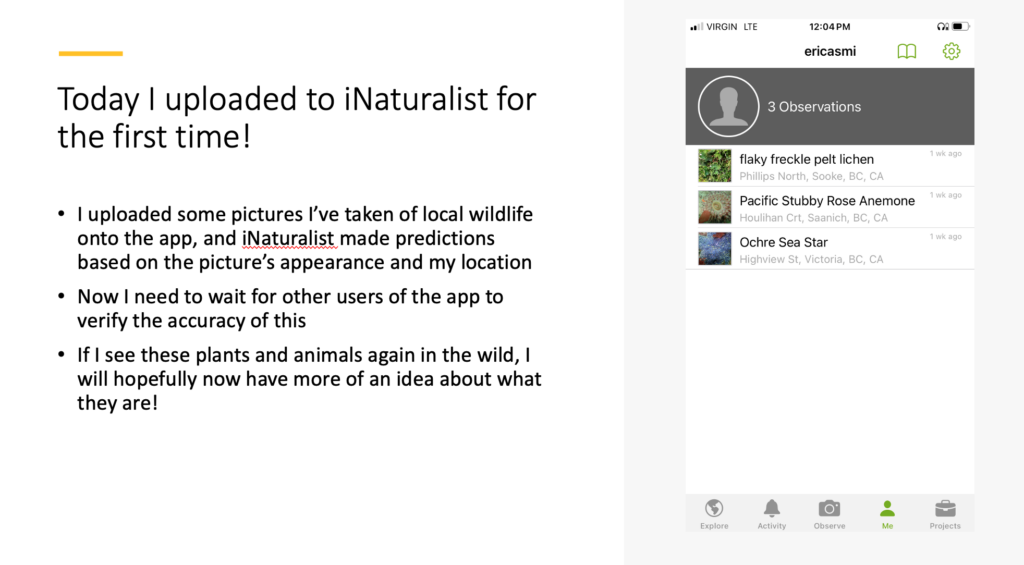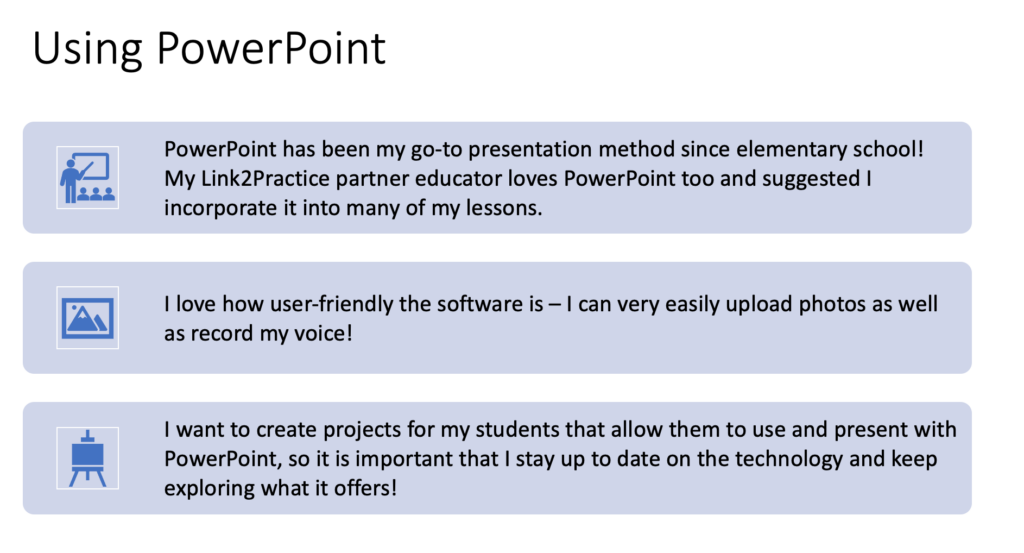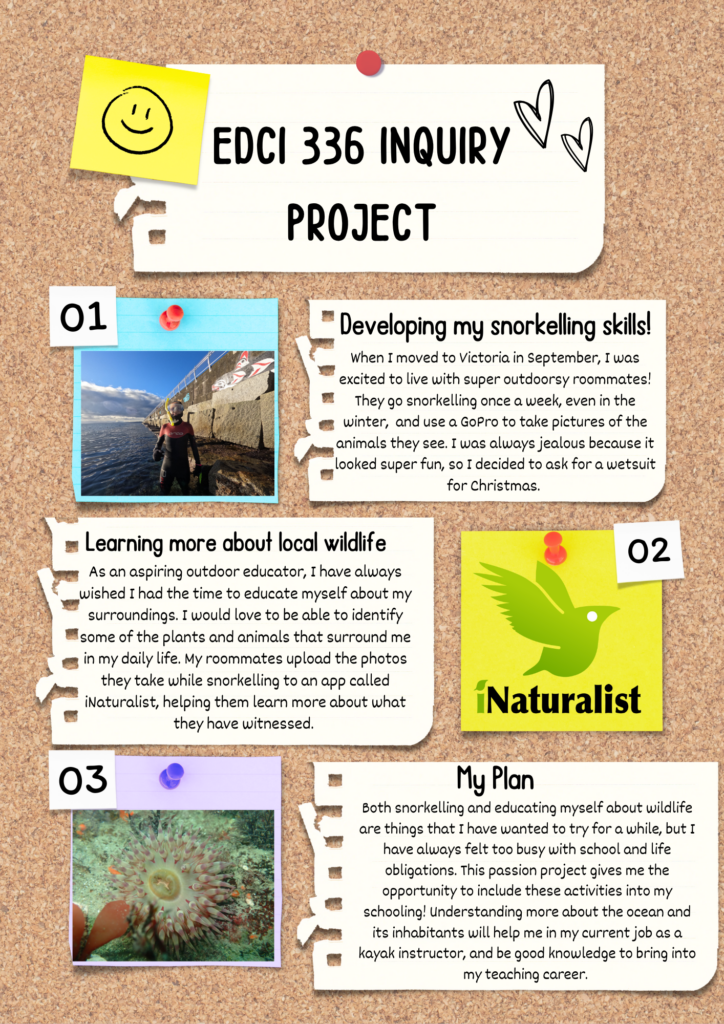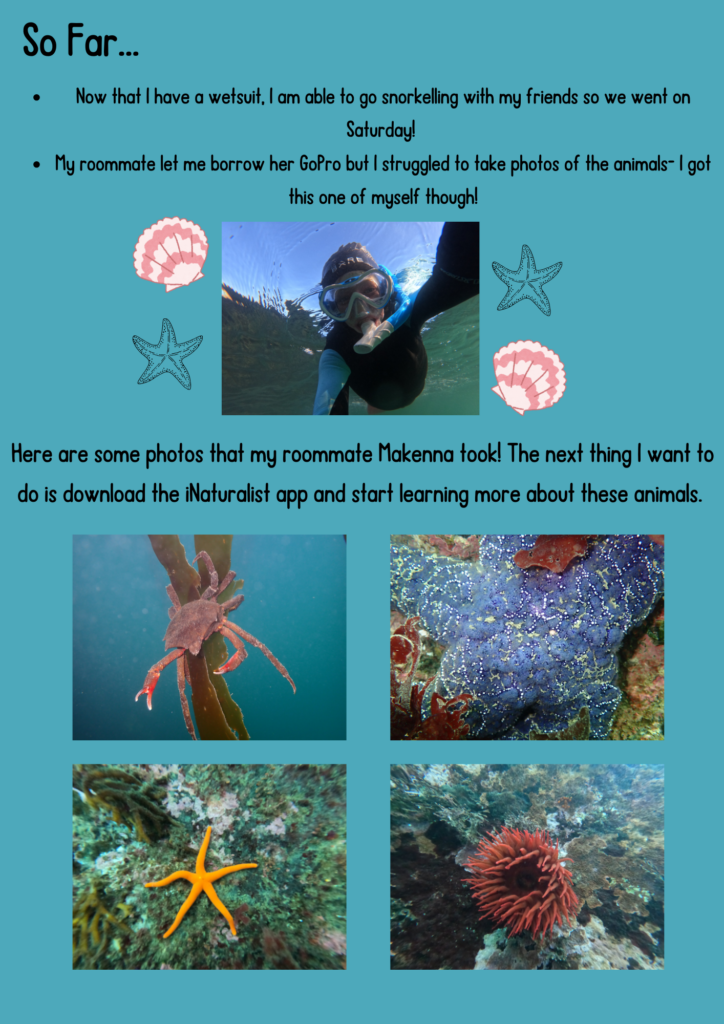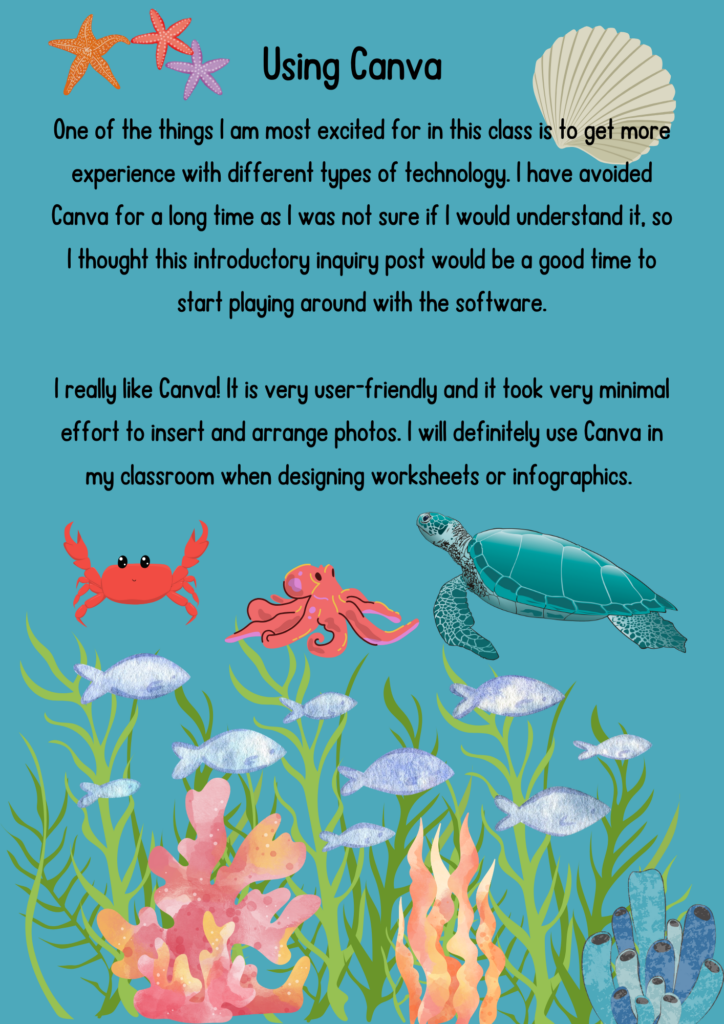Michael opened our class this morning by telling us not to worry if we forgot our tents… good thing I didn’t bring mine to school for this camping trip! Today we participated in an EdCamp activity where we each wrote down some burning questions/concerns we have about our future careers, and then voted on some specific topics to focus on. I wrote “How do I manage the classroom when I have a ratio of 1:25?”. My peers also brought forward great questions, including:
- How do I teach on a budget?
- How much screen time should I be allowing in my classroom/how much technology is too much?
- How do I deal with problematic parents?
- Is it worth gaining additional qualifications to get a 5+ pay grade?
- How do I implement a successful gardening program at my school?
- What are different mindfulness strategies to incorporate into my classroom?
My topic, along with three others, ended up being selected for the EdCamp activity. At first I felt pretty awkward because only two people decided to join my group; however, having a more intimate group led to some very productive and personal discussion! Today was a great introduction to EdCamp, but I hope that the next time I participate in one I will have more time to talk and that it will be easier to switch groups. While I was happy to be able to discuss my question more closely, I really wanted time to also delve deeper into the other issues that my classmates brought up.
Out of everything we talked about in our small group discussion, Jayme, Jessie, and I decided to highlight the three most important points.
- Establish Clear Expectations and Routines
- A great way to do this is through co-creation of a classroom agreement. At the beginning of the year, I can ask my students to brainstorm a class code of conduct and sign their names on it. They will be more motivated to follow the rules since they played a part in making them, as they feel greater personal responsibility and understand why they are important.
- I want to create routines for different transition activities I have with my students, like Simon Says (I already use this with many of my swim groups), music dance breaks, and choral responses (ex. I say ‘Who lives in a pineapple under the sea’ and they say ‘Spongebob Squarepants’). As often as possible, I want to incorporate movement into my transitions as this is a great way to help students refresh their brains and bodies before the next activity.
- Maximize Student Engagement
- Something I really liked during my Link2Practice was the students’ use of whiteboards. Using whiteboards rather than pen and paper lowers the stakes of the activity, as it is so easy to erase things and make changes! Whiteboard use is also an excellent use of formative assessment; teachers can ask questions and then assess understanding based on what students write on their whiteboards.
- As much as possible, I want to incorporate student choice into my activity planning. For example, I can give students a selection of possible short stories and get a classroom vote for which one I read aloud to the class. Rather than providing open choices, I want to let my students choose from a selection of predetermined options – this will allow me control over what I am choosing to teach students, while letting them choose a choice that will be the most engaging to them.
- Build Strong Relationships and Community
- It is really important to me that I get to know all my students as human beings, and learn what makes them special. In the first week of school, I will assign my students a get to know you project so that I understand more about who they are as people. Students will respect me more and be more motivated in school if they see that I am interested in their lives outside of the classroom. My grade 5 teacher also got us to write in a weekly journal, where I often discussed my weekend plans – I loved getting to tell my teacher about my life, and will definitely be implementing this technique.
- My classroom’s mental health is also extremely important to me. Every morning, I hope to offer a daily check-in where my students tell me (most likely using technology) how they are feeling. The beluga check-in we did in class this morning is a very good way of accomplishing this! Understanding my students’ mental health is a great way of fostering community in my classroom because it will help me meet them where they are at and perhaps make changes to my plans based on energy levels if necessary. I also want all my students to know that my classroom is a supportive, open space where they can always come to me for help if needed.
In other news, for my science class with Erika I used my knowledge from this class to design some worksheets. Our experiment was about reaction time, and we asked students to complete it 5 times before filling out the discussion questions on the back side. I really loved designing these 🙂



